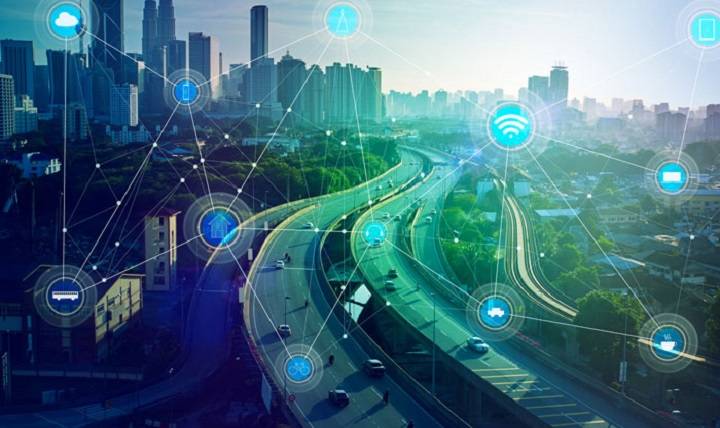
In recent years, there has been a lot of buzz around Lightspeed Miller Technology, especially after the company’s announcement that it has achieved a milestone in developing a prototype vehicle that can travel at speeds of 20 meters per second (approximately 45 miles per hour) on a 6-meter track. This breakthrough has significant implications for the future of transportation, and in this article, we will explore what Lightspeed Miller Technology is, how it works, and what it means for the transportation industry.
What is Lightspeed Miller Technology?
Lightspeed Miller Technology is a new type of propulsion system that uses electromagnetic propulsion to propel a vehicle forward. It was developed by a team of researchers at Lightspeed Miller, a company that is focused on developing innovative technologies for the transportation industry.
How does it work?
The system works by using a series of powerful magnets to create a magnetic field that interacts with a set of conductive coils in the vehicle. This interaction produces an electromagnetic force that propels the vehicle forward. By carefully controlling the strength and direction of the magnetic field, the vehicle can be made to move quickly and efficiently.
What are the benefits of Lightspeed Miller Technology?
There are several benefits to using Lightspeed Miller Technology for transportation. One of the most significant benefits is speed. Because the system is able to produce a high level of propulsion, vehicles using this technology can travel at much higher speeds than traditional vehicles. Additionally, the technology is highly efficient, which means that it can be used to create vehicles that are much more energy-efficient than traditional vehicles. This could help reduce the amount of fuel that is needed to power vehicles, which would be beneficial for the environment.
What are the implications for the transportation industry?
The implications for the transportation industry are significant. One of the most significant implications is that this technology could lead to the development of faster, more efficient transportation systems. This could include high-speed trains, high-speed buses, and even flying vehicles. Additionally, the technology could be used to create more energy-efficient vehicles, which would help reduce the environmental impact of transportation.
What are the challenges?
While Lightspeed Miller Technology has significant potential, there are also several challenges that must be overcome. One of the most significant challenges is cost. Developing and implementing this technology can be expensive, which could make it difficult for smaller companies to adopt it. Additionally, there are concerns about safety. While the technology has been tested extensively, there is always a risk of accidents and malfunctions.
Conclusion
Lightspeed Miller Technology is a groundbreaking new technology that has the potential to revolutionize the transportation industry. By enabling vehicles to travel at higher speeds and with greater efficiency, this technology could help reduce the environmental impact of transportation and make travel faster and more convenient. However, there are also significant challenges that must be overcome before this technology can become widely adopted. As researchers and developers continue to work on this technology, we can expect to see exciting new developments in the years to come.




